Emergence of Niche Events
The events industry market in North America is witnessing the emergence of niche events that cater to specific interests and demographics. This trend appears to be driven by the desire for personalized experiences among attendees. Niche events, such as specialized conferences and themed festivals, are gaining traction as they offer tailored content and networking opportunities. Data suggests that niche events can achieve higher engagement rates, with some reporting attendance growth of up to 50% compared to broader events. This shift indicates that event organizers must be attuned to the unique preferences of their target audiences. As the demand for specialized events continues to rise, the events industry market is likely to see an increase in the diversity of offerings, allowing for more targeted marketing strategies and enhanced attendee satisfaction.
Rise of Experiential Marketing
Experiential marketing is becoming a pivotal driver in the events industry market in North America. Brands are increasingly recognizing the value of creating memorable experiences that resonate with their target audiences. This approach not only fosters deeper connections but also enhances brand loyalty. Data indicates that 70% of consumers are more likely to purchase a product after participating in an experiential marketing event. Consequently, event organizers are focusing on crafting immersive experiences that engage attendees on multiple sensory levels. This trend suggests that the events industry market will continue to evolve, with a greater emphasis on creativity and innovation in event design. As brands seek to differentiate themselves in a competitive landscape, the demand for unique and engaging events is expected to rise, further propelling growth in the industry.
Growing Demand for Hybrid Events
The events industry market in North America is witnessing a notable shift towards hybrid events, which combine in-person and virtual experiences. This trend appears to be driven by the increasing demand for flexibility and accessibility among attendees. According to recent data, hybrid events can attract up to 30% more participants compared to traditional formats. This growing preference for hybrid models suggests that event organizers must adapt their strategies to cater to diverse audience needs. As a result, the events industry market is likely to see a surge in investments in technology and infrastructure to support seamless integration of both physical and digital components. This evolution may also lead to enhanced engagement opportunities, as organizers leverage innovative tools to create interactive experiences for attendees, thereby potentially increasing overall satisfaction and participation rates.
Increased Focus on Health and Safety
The events industry market in North America is currently experiencing an increased focus on health and safety protocols. This shift is largely influenced by heightened awareness of public health concerns and the need to ensure attendee safety. Event organizers are implementing stringent measures, such as enhanced sanitation practices and crowd management strategies, to create a safe environment for participants. According to industry reports, 85% of attendees prioritize health and safety when deciding to participate in events. This emphasis on safety not only affects event planning but also influences venue selection and attendee engagement strategies. As a result, the events industry market is likely to see a transformation in how events are organized, with a greater emphasis on transparency and communication regarding health measures.
Technological Advancements in Event Management
Technological advancements are playing a crucial role in shaping the events industry market in North America. The integration of innovative technologies, such as artificial intelligence and virtual reality, is transforming how events are planned and executed. These technologies enable organizers to streamline processes, enhance attendee engagement, and gather valuable data for future events. For instance, the use of AI-driven analytics can improve event marketing strategies by providing insights into attendee preferences and behaviors. As a result, the events industry market is likely to experience increased efficiency and effectiveness in event management. Furthermore, the adoption of mobile applications for event navigation and networking is becoming commonplace, suggesting that technology will continue to be a key driver in enhancing the overall event experience.


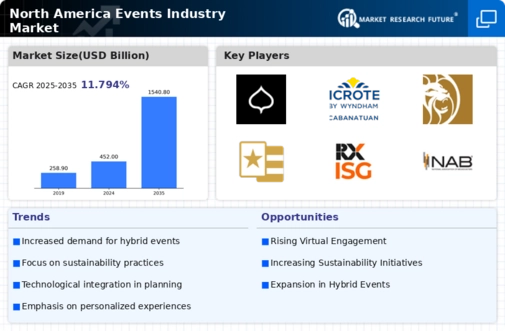
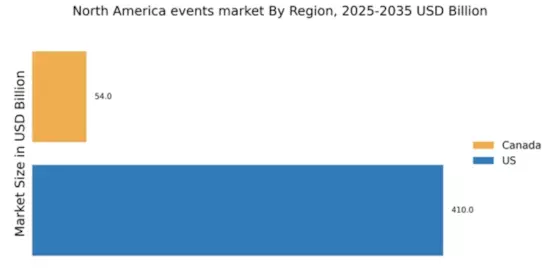
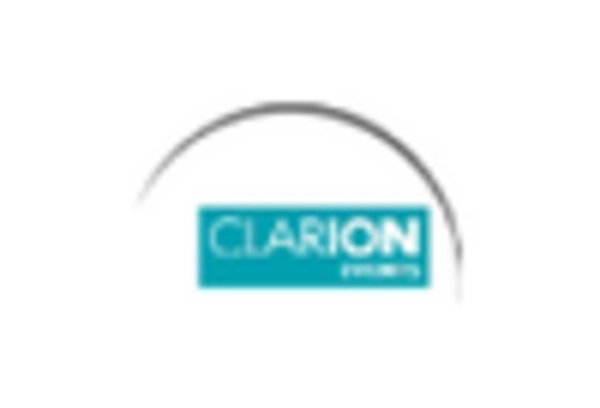
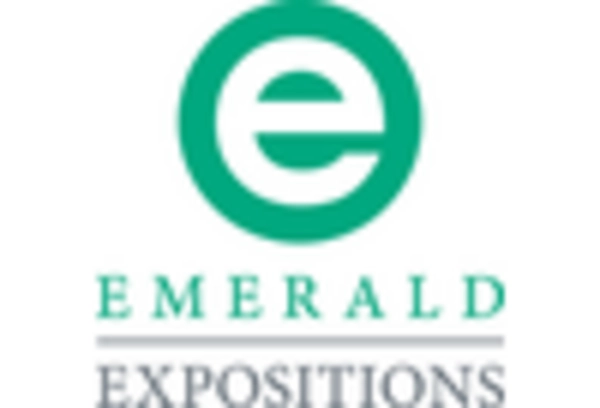
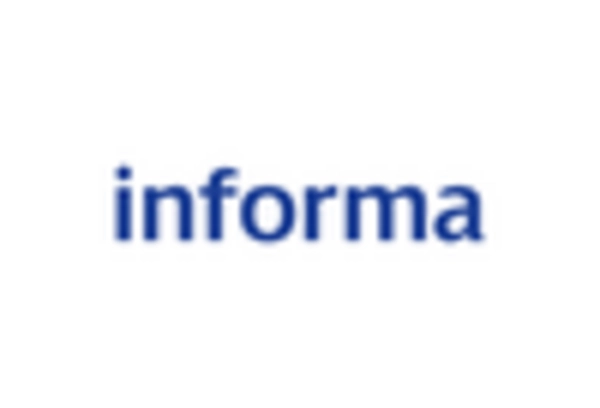
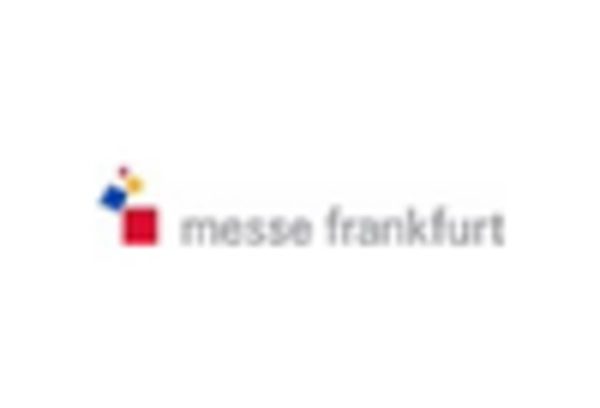
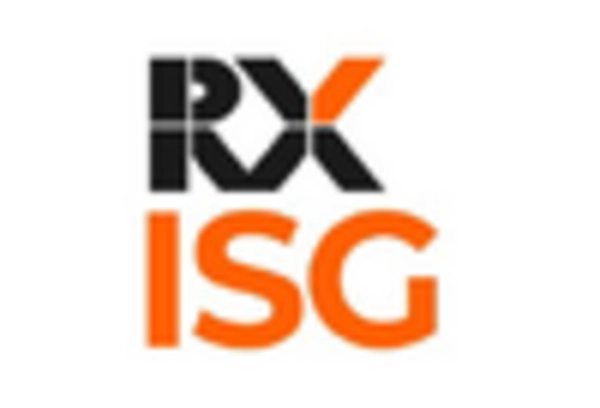
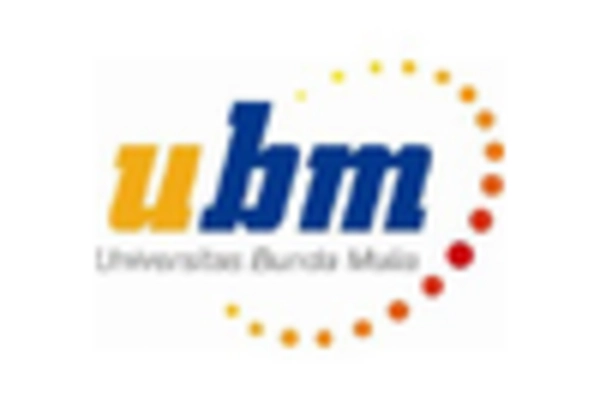








Leave a Comment